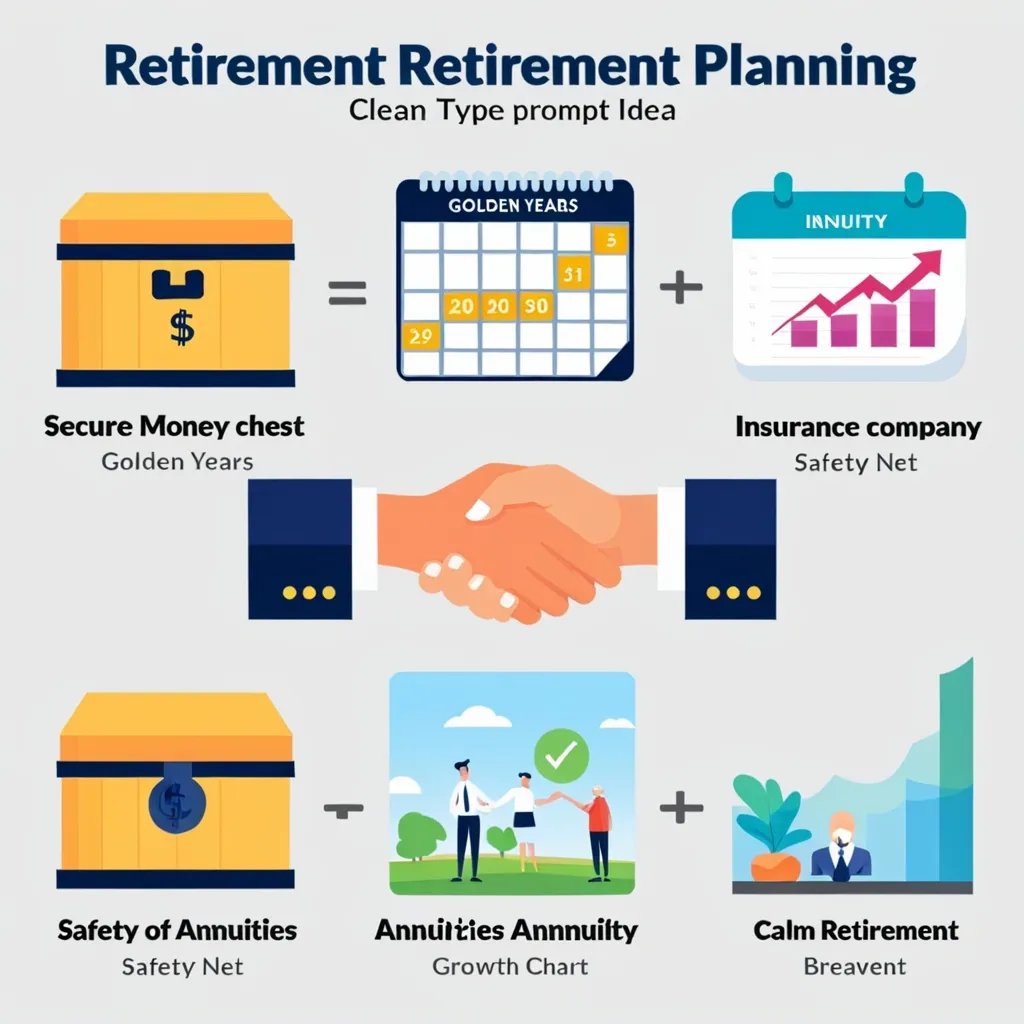Real estate has long been a cornerstone of wealth creation, but the traditional path of property ownership can be daunting. Enter Real Estate Investment Trusts (REITs) - a vehicle that allows investors to tap into the potential of real estate markets without the headaches of direct property management. Let’s explore eight strategic methods to build wealth through REITs, offering a fresh perspective on this investment avenue.
Diversification is key in any investment strategy, and REITs are no exception. By selecting REITs across different sectors, you’re not just investing in property; you’re investing in the pulse of various industries. Imagine a portfolio that spans from bustling shopping malls to cutting-edge data centers, from cozy residential complexes to state-of-the-art healthcare facilities. This approach not only spreads risk but also allows you to capitalize on the unique growth trajectories of different sectors.
But how do you choose the right REITs? Look for those with a track record of consistent dividend growth and high occupancy rates. These metrics are like the vital signs of a REIT’s health. A REIT that consistently increases its dividends is likely growing its income and property value over time. High occupancy rates indicate strong demand for the REIT’s properties, a good sign of its market position and management efficiency.
“The best investment on earth is earth.” - Louis Glickman
This quote rings especially true in the world of REITs. But remember, even the earth’s landscape changes over time, and so should your investment approach.
Have you considered the power of dollar-cost averaging in REIT investing? This method involves regularly investing a fixed amount, regardless of share price. It’s a way to smooth out the impact of market volatility. By consistently buying shares, you’re likely to acquire more when prices are low and fewer when prices are high, potentially lowering your average cost per share over time.
Now, let’s talk taxes. REITs are known for their attractive dividends, but these can come with a tax burden. A savvy move is to hold your REITs in tax-advantaged accounts like IRAs or 401(k)s. This strategy can help defer or even eliminate taxes on those juicy dividends, allowing your investment to grow more efficiently.
But how do you gauge the health of a REIT beyond dividends? Keep an eye on metrics like Funds from Operations (FFO) and debt levels. FFO is a more accurate measure of a REIT’s operating performance than traditional earnings per share. It adds back depreciation and amortization to net income, giving a clearer picture of the REIT’s cash flow. As for debt, while some leverage is normal in real estate, excessive debt can be a red flag. A healthy REIT should maintain a balanced debt profile.
“Don’t wait to buy real estate. Buy real estate and wait.” - Will Rogers
While Rogers wasn’t specifically talking about REITs, his wisdom applies. REITs offer a way to buy into real estate markets and patiently watch your investment grow.
How much of your portfolio should be in REITs? This is where balance comes into play. While REITs offer excellent diversification benefits, they shouldn’t dominate your portfolio. A common recommendation is to allocate between 5% to 15% of your portfolio to REITs. This range allows you to benefit from real estate exposure without overexposing yourself to a single asset class.
Have you considered looking beyond your borders for REIT opportunities? International REITs can open doors to global real estate markets. From the robust markets of developed countries to the high-growth potential in emerging economies, global REITs can add another layer of diversification to your portfolio. They also provide a hedge against domestic economic downturns and currency fluctuations.
Lastly, don’t fall into the trap of setting and forgetting your REIT investments. The real estate market is dynamic, and your portfolio should reflect that. Regularly reviewing and rebalancing your REIT holdings - perhaps quarterly - ensures that your investments align with your financial goals and risk tolerance. It’s also an opportunity to reassess the performance of individual REITs and make informed decisions about whether to hold, buy more, or sell.
“The major fortunes in America have been made in land.” - John D. Rockefeller
Rockefeller’s observation holds true even in today’s digital age, and REITs offer a modern twist on this age-old wisdom.
As you embark on your REIT investment journey, remember that knowledge is power. Stay informed about market trends, economic indicators, and specific factors affecting the real estate sectors you’re invested in. Are interest rates expected to rise? How might changing work patterns affect office REITs? What demographic shifts could impact residential REITs? These questions can guide your investment decisions.
REITs offer a unique blend of real estate exposure, income potential, and liquidity. They allow you to benefit from property ownership without the need to buy, manage, or finance property directly. By following these strategic methods, you can build a robust REIT portfolio that contributes significantly to your wealth-building goals.
Remember, investing in REITs is not just about chasing high yields or quick gains. It’s about building a sustainable, long-term strategy that aligns with your financial objectives. Like any investment, REITs come with risks, and it’s crucial to do your due diligence and possibly consult with a financial advisor to ensure they fit well within your overall investment strategy.
As you navigate the world of REIT investing, keep an open mind and stay adaptable. The real estate market, like any other, evolves. New types of REITs emerge, reflecting changes in technology, society, and the economy. Who would have thought a few decades ago that data center REITs or cell tower REITs would become significant players?
In conclusion, REITs offer a compelling avenue for building wealth through real estate. They provide access to diverse property markets, offer potential for steady income and capital appreciation, and do so with the liquidity of publicly traded securities. By applying these strategic methods, you’re not just investing in buildings or land; you’re investing in the spaces where people live, work, shop, and innovate. And in doing so, you’re building your own financial future, brick by brick, REIT by REIT.






